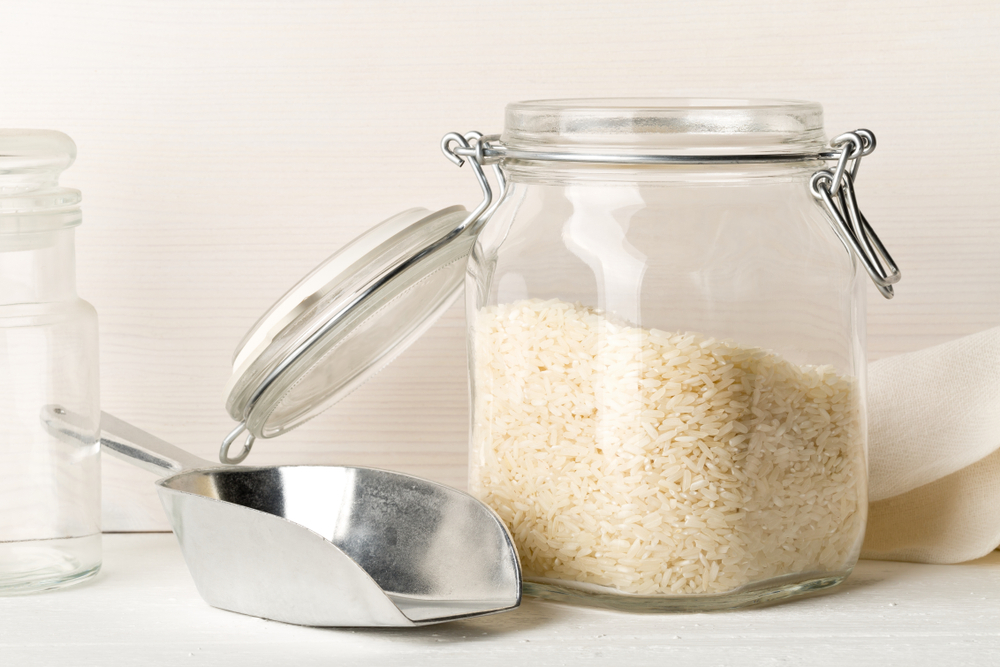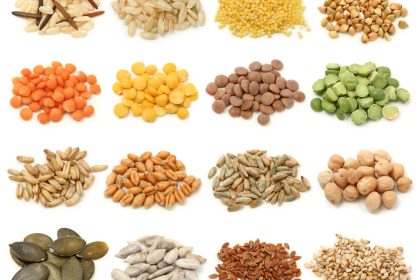Rice is a staple food consumed globally, but it also comes with its own set of food safety concerns. Recent research has highlighted how improper storage and reheating can lead to serious health risks, primarily due to bacterial growth. Understanding the molecular structure of rice and how bacteria interact with it can help individuals protect themselves from foodborne illnesses linked to improper rice handling.
The process of cooking rice involves creating an environment that’s perfect for bacterial growth if not handled correctly afterward. When rice is cooked, it retains moisture, and the starch content allows microorganisms to thrive if stored improperly. This makes rice particularly vulnerable to foodborne pathogens like Bacillus cereus, a bacteria that can lead to food poisoning.
Bacterial growth dynamics
The most common culprit in foodborne illnesses caused by rice is Bacillus cereus. This bacteria is naturally present in raw rice and can survive the cooking process. However, it doesn’t pose an immediate risk until the rice is left in the danger zone for an extended period—between 40°F and 140°F. Under these conditions, bacteria can multiply rapidly, producing toxins that can cause food poisoning.
When rice is stored improperly and not reheated to a safe temperature, Bacillus cereus can reproduce and continue to produce toxins, which may lead to nausea, vomiting, and diarrhea when consumed. The bacteria’s ability to survive cooking and reproduce in the right conditions makes it vital to follow specific guidelines for storing and reheating rice to avoid serious health risks.
Temperature control significance
Temperature plays a crucial role in food safety, especially when it comes to cooked rice. After rice has been prepared, its temperature must be carefully controlled to prevent bacterial growth. The danger zone for bacteria to proliferate in food is between 40°F and 140°F. Within this range, bacteria double in number approximately every 20 minutes.
To prevent foodborne illness, it’s important to store rice at temperatures either below 40°F (in a refrigerator) or above 140°F (in a hot holding environment). Leaving rice out at room temperature for too long—particularly for several hours—can lead to the rapid growth of harmful bacteria, even if the rice is eventually reheated.
Rice storage protocol optimization
To reduce the risks of bacterial growth, rice should be stored in a way that ensures proper cooling. After cooking, rice should be cooled quickly and stored in airtight containers in the refrigerator. Ideally, large portions of rice should be divided into smaller portions to speed up the cooling process. This helps to keep the rice below the 40°F threshold as quickly as possible, reducing the chances of bacterial growth.
It is recommended that rice be refrigerated within an hour of being cooked. While some individuals may place leftover rice directly into the fridge, this practice can lead to uneven cooling, which creates an opportunity for bacteria to grow. The smaller the portion and the faster the cooling, the safer the rice will be.
Reheating methodology
When reheating rice, the goal is to eliminate any remaining bacteria that could cause harm. Reheating rice properly isn’t just about warming it, it’s about ensuring that the rice reaches an internal temperature of 165°F throughout to kill any bacteria. The rice should be stirred thoroughly to avoid cold spots where bacteria can survive.
It’s also important to remember that rice should only be reheated once. Reheating rice multiple times can increase the chances of bacterial growth as the rice moves in and out of the danger zone multiple times. If leftover rice isn’t eaten immediately, it should be discarded after being reheated to avoid any risks associated with re-consumption.
The bottom line on rice safety
Rice safety should never be underestimated. While it may seem harmless, improper handling of rice can lead to serious health risks, including foodborne illness. By understanding the science behind rice storage, bacterial growth, and proper reheating techniques, individuals can ensure they enjoy their rice without compromising their health.
To reduce the risks associated with rice consumption, it’s important to follow best practices for storage and reheating. Keeping rice cool during storage, reheating it to the correct temperature, and ensuring it doesn’t stay in the danger zone for too long are key steps in preventing illness. Taking these steps can make a world of difference when it comes to food safety, and they are easy to implement with just a few adjustments to your daily kitchen routine.
With a little attention to detail, rice can continue to be a safe and healthy meal choice for individuals and families around the world.















